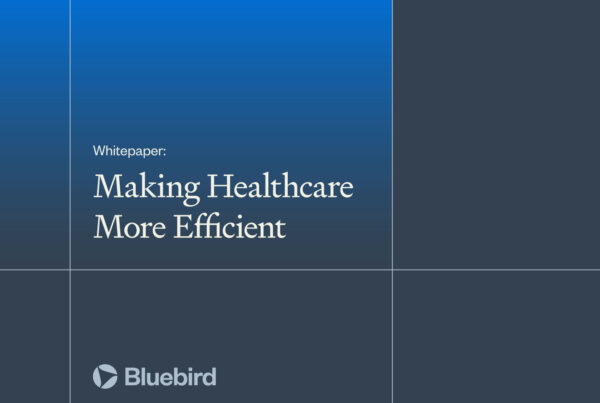5 Strategies for Improving Language Access in Healthcare
Traditionally, access to healthcare was thought to be defined by individuals who have health insurance. This definition is limiting. Access includes provider access and the patient’s ability to interact in the system. One of the fundamental blocks to this interaction is language.
For example, iImagine walking into a hospital, desperately needing help but being unable to fully communicate your symptoms or understand your diagnosis. For over 16 million Spanish speakers with limited English proficiency (LEP), this is a real challenge.
Spanish speakers are the largest group of individuals with LEP in the US, and we want to help you deliver equitable care, save money, and foster long-term success in your practice.
In this post, we’ll explore the legal requirements for language access and share five practical strategies to help you provide more inclusive and efficient care today.
Why Language Access Is Crucial—and Legally Required
Language access is a key aspect of care access. The 1964 Civil Rights Act requires federally funded healthcare providers to make care equally accessible to people with limited English proficiency (LEP). This includes providing interpretation and translation services, and ensuring effective communication through other means such as bilingual staff and language assistance programs.
While private practitioners are only required to provide language access if they participate in federal programs like Medicare or Medicaid, all providers can benefit from investing in language support. Doing so not only enhances patient care but also reduces costs while fostering,a more inclusive, efficient practice.
Here’s how language barriers are impacting LEP patients and and healthcare costs:
- Higher Risk of Readmission and Increased Costs: Patients with LEP incurred higher costs from admission to discharge, with an average difference of $3,861.
- Higher Risk of Harmful Health Outcomes: Nearly 49.1% of adverse events for LEP patients resulted in physical harm, compared to 29.5% for English-speaking patients.
- Increased Emergency Department Visits: LEP patients are 24% more likely to have an unplanned ED revisit within 72 hours.
- Challenges in Understanding Health Information: 49% of LEP respondents reported problems understanding a medical situation, compared to 20.6% of English-proficient respondents.
- Reduced Readmissions and Costs with Language Access: Hospitals that invested in language access services saw a 24% reduction in readmission rates among LEP patients, leading to significant cost savings and improved patient outcomes.
The following strategies will help you break down language barriers and provide higher-quality care for all of your patients.
5 Effective Strategies for Improving Language Access
To meet both your legal and ethical responsibilities, it’s essential to address language and care barriers head-on. Consider these actionable solutions for improving communication with patients with less proficiency and supporting improved health outcomes, —while also saving on healthcare costs.
1. Use Professional Interpreters: Investing in professional interpreter services can reduce misdiagnoses and complications, saving thousands in preventable errors and readmissions. While online translation tools may be useful for simple sentences, complexities arise with cultural differences and vernacular that require a native speaker to effectively communicate.
2. Create Multilingual Resources: Develop patient education materials in multiple languages. This can include brochures, signage, and digital content that are easily accessible and understandable. Multilingual resources reduce misunderstandings, decreasing the need for costly follow-ups and emergency visits.
3. Train Staff on Cultural Competence: Train all healthcare staff on cultural sensitivity and effective communication strategies in patient interactions. This helps create a welcoming environment for your LEP patients.
4. Monitor and Evaluate Language Services: Regularly assess the effectiveness of your language services. For example, you can use post-appointment surveys to evaluate interpreter effectiveness. Ongoing evaluation ensures your language services are effective and cost-efficient, reducing waste and preventing costly errors.
5. Implement Bilingual Remote Support: Consider outsourcing support to remote bilingual teams. Available 24/7, these representatives assist patients with appointments, prescription details, and health information, ensuring efficient and timely communication.
These strategies will help you save time and money while delivering better care, ultimately making your practice more efficient and sustainable in the long term.
How Bluebird’s Tech-Enabled, Remote Teams Can Help
At Bluebird, we build customized remote teams that specialize in healthcare and are bilingual in English and Spanish. First, we’ll help you pinpoint where your organization needs help. Then, we’ll work with you to onboard hand-selected teams, integrate tech solutions, and start better serving your patients and improving operations.
If you missed our previous resource, read part 1 of this two-part series. This post explores the numerous benefits of a bilingual remote workforce in your healthcare organization.
Stay Connected
Sign up to receive our next newsletter and future business insights
Based in the United States and Latin America, Bluebird specializes in building fully bilingual, remote teams trained and tailored to meet a variety of healthcare and business needs.





